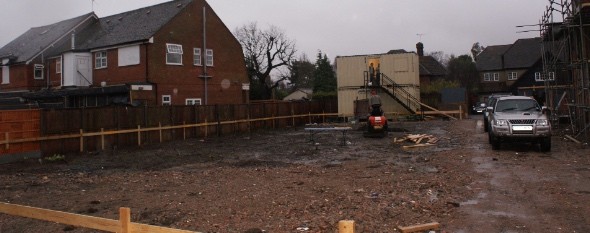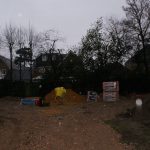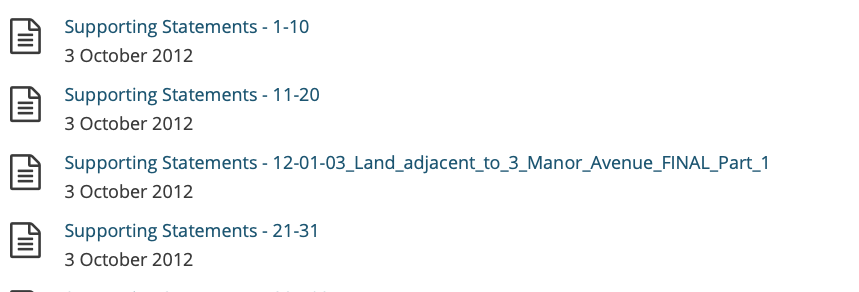Residential Development, Manor Avenue, Hornchurch, Havering
Case Study Reference: 12-01-03
Planning Authority: London Borough of Havering
Planning Reference: P1741.11 and Q0108.12
Synopsis:
Given the sensitive nature of the development (residential) and the history of the site a contaminated land planning condition was attached to the decision notice for the proposed development.
The first stage of discharging the condition was to prepare a Phase I desk study report in order to determine if the site has the potential to be impacted by elevated levels of contamination, and to determine the source as well as the likelihood of the risk occurring.
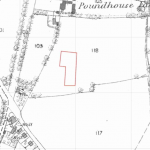 A desk study determines what issues relating to historical contamination may affect the site, this is undertaken by reviewing the site history using a combination of O.S. maps, aerial, plates and street level imagery, a review of data held by regulatory bodies (Environment Agency, local authority, BGS etc.) as well as a site walkover survey.
A desk study determines what issues relating to historical contamination may affect the site, this is undertaken by reviewing the site history using a combination of O.S. maps, aerial, plates and street level imagery, a review of data held by regulatory bodies (Environment Agency, local authority, BGS etc.) as well as a site walkover survey.
The history of the site and surrounds were researched using a combination of Ordnance 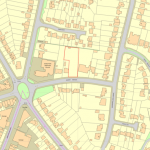 Survey (O.S.) maps, street level imagery and aerial plates, this revealed that the site initially comprised of a larger parcel of open land, by 1920 te site formed part of 3 Manor Avenue.
Survey (O.S.) maps, street level imagery and aerial plates, this revealed that the site initially comprised of a larger parcel of open land, by 1920 te site formed part of 3 Manor Avenue.
A number of ponds as well as a garage were noted within 250m of the site.
The published geology identified the drift soils as the Black Park Gravel member which was underlain by London Clay
The planning history of the site was reviewed as part of the desk based research and the reports associated with any previous application were located and studied, no salient information was obtained.
Data provided by regulatory bodies did not reveal any further salient information.
On completion of the desk based research a site reconnaissance 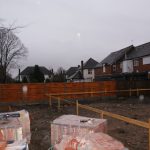 visit was undertaken, tat the time of the survey construction had commenced.
visit was undertaken, tat the time of the survey construction had commenced.
Once the walkover survey was completed a qualitative risk assessment was undertaken on the potential sources of contamination identified in the desk study report in order to determine if any warranted further investigation, this concluded that the potential sources of contamination were assessed as low and concluded that no further works were warranted.
The report was submitted to discharge the contaminated land planning condition. The conclusions of the report were accepted and the condition discharged.

